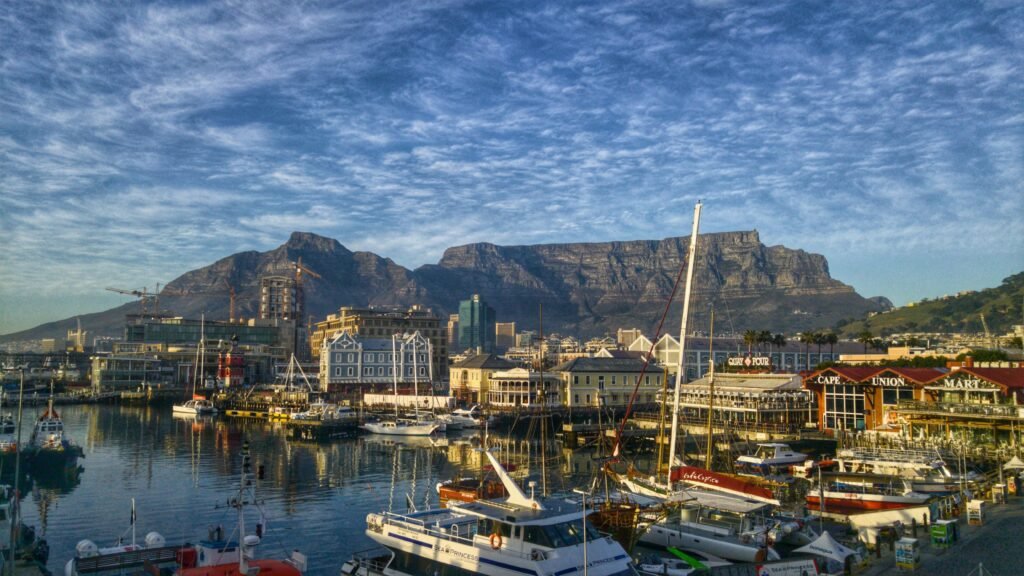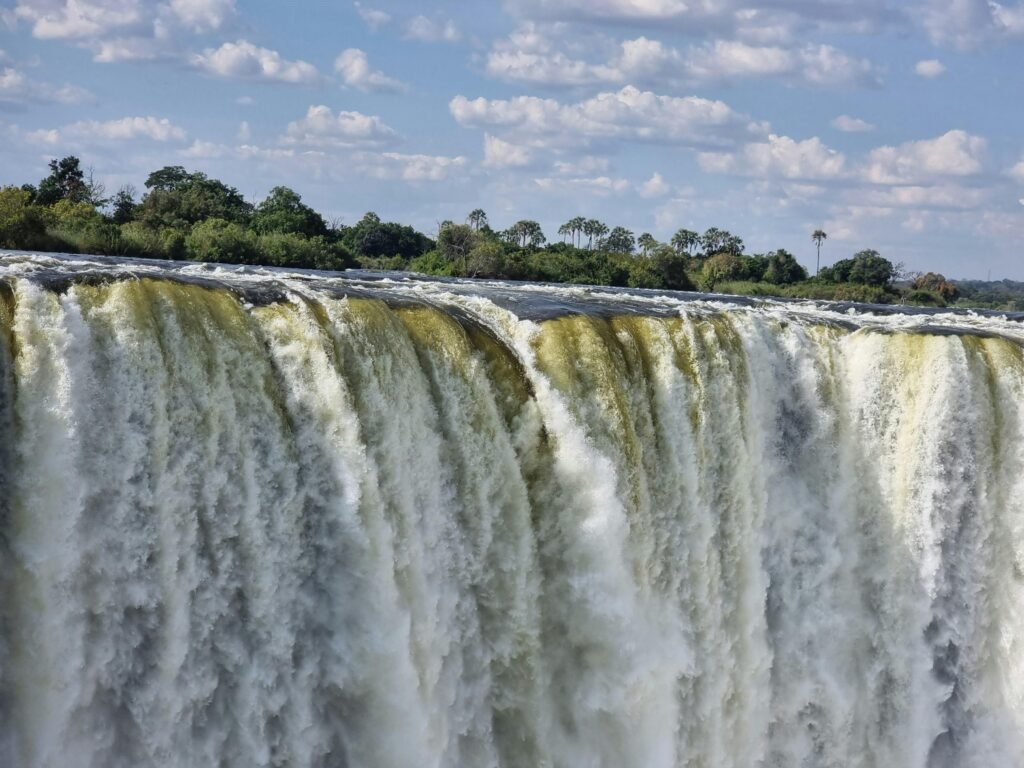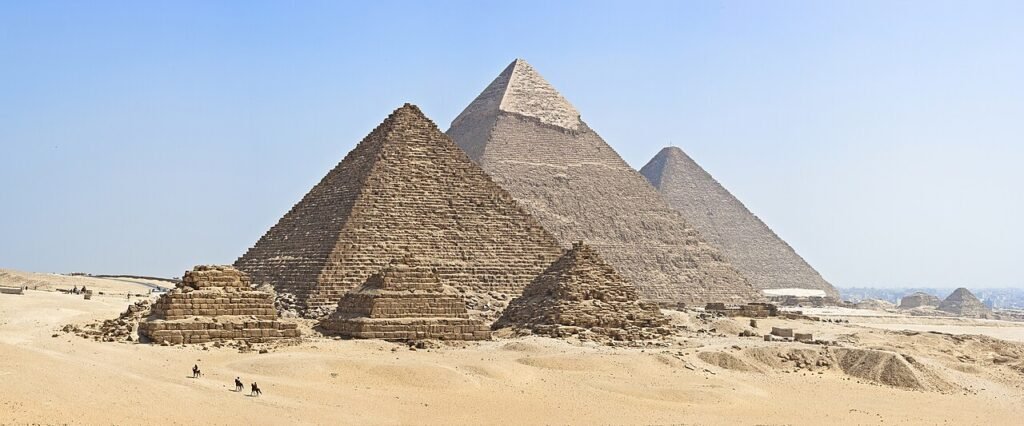
Kruger National Park: Few places deliver the raw drama of Africa like Kruger National Park. Lions pad along sun-baked roads at dawn, elephants ghost across riverbeds, and fish eagles call over mopane woodland. Whether you’re planning a first safari, returning for a deeper dive, or weighing self-drive freedom against guided ease, this comprehensive guide brings together the practicalities and the poetry – so you can craft a trip that truly fits you.
At a Glance: Why Kruger National Park Captivates
Kruger National Park is South Africa’s flagship reserve and one of the world’s premier wildlife destinations. Spanning nearly 20,000 square kilometres across Mpumalanga and Limpopo provinces, it protects an astonishing diversity of habitats, riverine forest, thornveld, granite outcrops, and endless savannah, supporting roughly 148 mammal species, including the Big Five (lion, leopard, elephant, buffalo, rhino). The park also anchors a larger conservation mosaic: the unfenced “Greater Kruger” private reserves to the west and the transboundary Great Limpopo conservation area shared with Mozambique and Zimbabwe.
Fast facts
- Area: ~19,450–19,623 km² (figures vary slightly by source).
- Length/width: Roughly 350 km north–south; ~60 km east–west.
- Headquarters: Skukuza (with its own airport, shops, restaurants, and museum).
- Signature wildlife: All Big Five, plus cheetah, African wild dog, giraffe, hippo, crocodile and 500+ bird species (watch for the “Birding Big Six”).
- Greater Kruger: Sabi Sands, Timbavati, Klaserie and other private reserves share unfenced boundaries with the park.
Kruger National Park: A Short History & Conservation Context
Protection of the area dates back to the late 19th century; Kruger National Park became South Africa’s first national park in 1926. In the 1990s, fences came down between the national park and neighbouring private reserves, allowing natural wildlife movements and creating the free-roaming “Greater Kruger” ecosystem. Today, Kruger also forms the core of the 35,000 km² Great Limpopo Transfrontier Park with Mozambique’s Limpopo NP and Zimbabwe’s Gonarezhou NP – an ambitious cross-border conservation project restoring ancient migration routes.
When to Go: Seasons, Wildlife & Weather
Kruger National Park is rewarding year-round, but the experience changes with the seasons:
- Dry season (May–September): Best for classic game viewing. Vegetation thins, animals gather at dwindling water sources, and visibility improves. Days are mild; nights and early mornings can be chilly. September is particularly pleasant.
- Green season (October–April): Hotter, often humid, with dramatic afternoon showers. The bush is lush, the landscapes are perfect for photography, and migrant birds arrive. Many antelope calve, drawing predators – great for behavioural sightings.
Malaria note: Kruger National Park sits in a malaria zone; risk is higher in the wet, warmer months. Consult a medical professional well before travel for prophylaxis advice.
Getting There: Flights, Gates & Driving Times
By air
- Skukuza Airport (SZK): The park’s in-park airport, with direct Airlink flights from Johannesburg and Cape Town – ideal for short stays or lodge transfers.
- Kruger Mpumalanga International (MQP/KMI): In Mbombela/Nelspruit, ~1 hour from southern gates; the main hub for scheduled flights into the region.
- Other regional airports: Hoedspruit (HDS) and Phalaborwa (PHW) suit central/northern itineraries.
By road
Well-maintained highways link Johannesburg to Kruger’s southern gates in ~4.5–6.5 hours, depending on gate and traffic. Approximate distances from Johannesburg: Numbi (≈411 km), Malelane (≈428 km), Crocodile Bridge (≈475 km), Orpen (≈490 km).
Inside the park
Tourist roads are a mix of tar and good gravel. Speed limits: 50 km/h on tar, 40 km/h on gravel, 20 km/h in camps; plan days assuming an average of 30 km/h for optimal sightings and safety. Gate hours vary by month (summer gates open earlier, close later); always check your gate permit and be inside a camp or out of the park by closing time.
Tickets & Money: Conservation Fees and Cashless Payments
All visitors pay a daily conservation fee (local, SADC and international rates differ), valid from gate open to close. “Wild Card” memberships can make multi-day trips a better value. SANParks operates largely cash-free systems at gates and for many activities – carry a card. Book accommodations/activities and manage gate permits via the official SANParks reservations portal.
Where to Stay: Rest Camps, Bush Lodges & Private Concessions
SANParks Rest Camps (great value, self-drive friendly)
Main camps such as Skukuza, Satara, Lower Sabie, Berg-en-Dal, Letaba, Olifants, Mopani, Shingwedzi and Punda Maria offer bungalows, cottages, safari tents and camping plus shops, fuel, and restaurants/coffee shops. All major camps have electricity, braai areas and communal kitchens; information centres are at Letaba, Skukuza and Berg-en-Dal.
Bushveld camps & bush lodges
Smaller, quieter outposts (e.g., Shimuwini, Sirheni, Talamati) offer limited units and no restaurants, ideal if you want night skies, silence and self-catering. Exclusive “bush lodges” are private-use with no shops or reception – plan provisioning accordingly.
In-park luxury concessions
A handful of high-end lodges sit on private concessions inside Kruger, Singita Lebombo, Lion Sands Narina, combining the national park’s wilderness with private lodge guiding and superb hospitality.
Greater Kruger private reserves
Neighbouring reserves (Sabi Sands, Timbavati, Klaserie, Balule, Manyeleti) share unfenced borders with Kruger. Expect off-road tracking, expert guiding, night drives and often elevated chances of big cat sightings, especially leopards in Sabi Sands. For a splurge: MalaMala and Royal Malewane are standouts.
Accessibility note: The newer Skukuza Safari Lodge includes rooms with step-free access; several picnic sites and hides have ramps/accessible ablutions – check your route in advance.
What to Do: Self-Drive, Guided Activities & Birding Hides
Self-drive
Kruger National Park is the world’s best self-drive safari. You’re on your own schedule, scanning every thicket and waterhole. Classic southern loops (around Lower Sabie, Skukuza, Satara) offer dense game; central grasslands around Satara are famed for lion; the wild north (Punda Maria to Pafuri) rewards patient birders and elephant lovers.
Guided activities (bookable with SANParks)
Join sunrise/sunset game drives, guided bush walks, wilderness trails (multi-day), and special bush braai/breakfast evenings. Activities vary by camp and season; pre-book popular slots. (SANParks)
Hides & picnic sites
Kruger’s network of hides and get-out points adds variety to a game-viewing day. Don’t miss Lake Panic (near Skukuza) for sublime bird photography; Sweni and Ratel Pan are brilliant in the central region; Sable Dam and Shipandani suit northern itineraries. Favourite picnic stops include Afsaal, Nkuhlu, Tshokwane and Mlondozi – hire a skottel to fry up brunch.
Eat & Drink: From Station Dining to Camp Cafés
Expect simple, satisfying fare inside the park: grills, salads, toasted sandwiches, soft-serve, plus the quintessential braai. At Skukuza, the Cattle Baron grill and the Kruger Station precinct (on the historic Selati line) give you the widest choice for families and groups. Several main camps host café-style restaurants; most others have well-stocked shops for self-catering.
Practicalities: Connectivity, Fuel, Payments & Health
- Connectivity: Mobile signal is patchy; the southern camps have the best coverage (Vodacom is generally strongest). Wi-Fi may be available at some restaurants, but it can be slow – download maps, audiobooks and playlists in advance.
- Fuel & supplies: Major rest camps sell fuel and groceries; fill up whenever convenient.
- Cashless: Many park transactions are card-only – carry a Visa/Mastercard.
- Health: Kruger is a malaria area – speak to a clinician about prophylaxis; use repellent and cover up at dusk/dawn.
Park Rules & Safety (Everyone Should Read This)
Kruger National Park rules protect wildlife and people – stick to them:
- Stay in your vehicle except in designated, signed areas (camps, hides, picnic sites). Don’t dangle arms or sit in windows/sunroofs.
- Observe gate times; heavy fines apply for late returns.
- Speed limits: 50 km/h (tar), 40 km/h (gravel), 20 km/h (camps). Drive slower for sightings and safety.
- No drones – strictly prohibited in all SANParks.
- Do not feed animals, it’s dangerous and leads to problem wildlife.
Families, Couples & Solo Travellers: Tailored Tips
Families
- Choose larger main camps (Skukuza, Lower Sabie, Berg-en-Dal) for playgrounds, pools, shops and shorter loop drives with reliable wildlife.
- Build your day around rests: early drive, late breakfast, midday hide or picnic, afternoon swim/nap, sunset loop.
- Pre-book family cottages or bungalows near play areas and river views.
Couples
- Time dawn and dusk drives for golden light, then linger on camp decks with river views.
- Consider a two-night splurge at a private concession lodge (e.g., Narina or Lebombo) for impossibly memorable service and guiding amid a self-drive trip.
Solo travellers
- Self-drive is straightforward; base in Satara or Skukuza for social restaurants and easy guided activity add-ons.
- Join wilderness trails (small groups, multi-day) to experience walking the bush with expert rangers.
Sample Itineraries
1) One Perfect Day (South Kruger: Skukuza–Lower Sabie loop)
- 06:00 Gate/camp out. Follow the H4-1 along the Sabie River; scan sandbanks for hippo and crocs, look for leopard on riverine trees.
- 09:00 Nkuhlu picnic site: coffee, skottel breakfast, keep binoculars ready for giant kingfishers overhead.
- 10:30–12:00 Continue to Lower Sabie via H4-1/H10; check the causeways and the Nhlanguleni thickets for lions.
- Lunch on the deck at Lower Sabie; siesta back at camp or cool off in the pool.
- 15:30–18:00 Sunset loop (H1-2/H12/H4-1) and a last stop at Lake Panic hide to watch jacanas and crocs in soft evening light.
2) Classic Three-Day Self-Drive (Skukuza → Satara → Letaba)
Day 1: Skukuza base
Arrive via Phabeni or Paul Kruger Gate. Afternoon loop to Lake Panic, then sundowners at Kruger Station.
Day 2: Up the backbone to Satara (≈100–120 km of game-rich roads)
Track along the Sabie and Sand river systems, then north via H1-2/H1-3. Satara’s open grasslands are prime lion & cheetah country. Join a SANParks sunset drive.
Day 3: Satara to Letaba
Detour to Sweni or Ratel Pan hides; continue to Letaba for the superb Elephant Hall and a sunset stroll along the river fence.
3) Five Days: Northbound for Birders & Elephant Lovers (Satara → Mopani → Punda Maria)
- Day 1–2: Satara area loops; N’wanetsi lookout and Sweni hide.
- Day 3: Move to Mopani; stop at Shipandani or Pioneer Dam hides; watch for big tuskers and fish eagles.
- Day 4–5: Punda Maria and the Pafuri region—fever-tree forests, nyala, Pel’s fishing owl if you’re fortunate. The north is quieter, wonderfully old Africa.
Luxury add-on: Cap your trip with two nights in Sabi Sands or Timbavati (Greater Kruger) for off-road big cat encounters and night drives – then fly out of Skukuza or Hoedspruit.
Eating & Sleeping: Recommended Bases by Traveller Type
Best for first-timers & families
- Skukuza (facilities galore, great access to river roads).
- Lower Sabie (game-dense loops, deck dining on the Sabie).
- Berg-en-Dal (mountain backdrops, rhino potential).
Best for predator action
- Satara (wide-open plains draw lions; look for cheetah along the H7/H6).
Best for birders & tranquillity
- Letaba, Mopani, Punda Maria (less traffic, superb hides and river views).
For high-end escapes, Singita Lebombo (inside Kruger) or MalaMala/Royal Malewane (Greater Kruger) deliver exquisite guiding, culinary polish and deep comfort.
Responsible Travel & Etiquette at Sightings
- Approach animal sightings slowly; park without blocking others; switch off your engine to lower stress on wildlife.
- If a leopard or wild dog approaches the road, give space and let them pass.
- Keep voices low at hides and picnic sites; pack out litter.
- Never feed animals (including “begging” hyenas along camp fences), it creates dangerous behaviour and often ends badly for the animal.
Photography & Gear
- Long lens (400–600mm equivalent) for birds, 70–200mm for mammals near the road, and a wide-angle lens for landscapes and night skies.
- A beanbag/window clamp beats a tripod in a vehicle.
- Drones are illegal in all SANParks—leave them at home.
Accessibility & Family Comforts
- Many main camps have ramp access and accessible ablutions; specific picnic sites (e.g., Nkuhlu) include ramps to viewing areas. Book step-free rooms at Skukuza Safari Lodge if needed.
- Baby changing facilities and microwaves are common in main camp restaurants; travel with a car seat for young children and plan rest stops every 2–3 hours.
Beyond Kruger: Broader UK-Traveller Tie-ins & Future Trip Ideas
Kruger can be the anchor of a longer Southern Africa adventure. From the UK, many travellers pair it with:
- Cape Town & the Winelands (urban culture, food, Table Mountain).
- Garden Route (family-friendly road-tripping: beaches, forests, safe swimming).
- Victoria Falls (via direct regional flights from Johannesburg).
- Malaria-free safari for families with very young children (e.g., Madikwe) once you’ve had your Kruger fix.
Back home, keep the spark alive with UK wildlife weekends – red deer in the Cairngorms, puffins on the Pembrokeshire coast, or a seal-pup winter in Norfolk. They’re not Kruger, but they scratch that nature itch between long-haul adventures.
Essential Logistics Checklist
- Book early (6–11 months out) for peak school holidays. Use the SANParks booking site for camps/activities and consider a Wild Card for multi-day itineraries.
- Download offline maps (signal is unreliable) and carry a paper map.
- Pack layers (cool mornings, warm middays), a wide-brim hat, sunscreen, and repellent.
- Carry your licence; stick to speed limits; don’t plan long relocations late in the day – gate times are strict.
- Plan fuel at major camps; keep water and snacks in the car.
Final Word
Kruger rewards curiosity. The more you slow down – park at a hide, linger at a waterhole, let the bush soundtrack roll, the richer it becomes. Build your trip around your travel style: easy self-drive days with the kids, a luxury concession interlude for a big celebration, or a north-bound loop for quiet birding and old-world atmosphere. However you shape it, this vast, living landscape will get under your skin and call you back.


